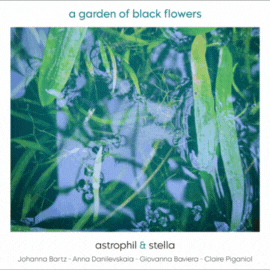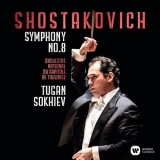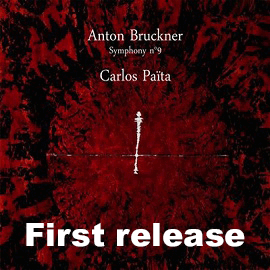 Dmitri Shostakovich: Symphonie Nr. 8 Orchestre du Capitole de Toulouse, Tugan Sokhiev; 1 CD Warner Classics 9029528436; Aufnahme 12/2019, Veröffentlichung 03/2020 (66'25) - Rezension von Remy Franck
Dmitri Shostakovich: Symphonie Nr. 8 Orchestre du Capitole de Toulouse, Tugan Sokhiev; 1 CD Warner Classics 9029528436; Aufnahme 12/2019, Veröffentlichung 03/2020 (66'25) - Rezension von Remy Franck
In der emotional ausgeloteten, dissonant geschärften Adagio-Einleitung der 8. Symphonie lässt Tugan Sokhiev keinen Zweifel daran aufkommen, dass Shostakovich in diesem Werk Leiden und Schmerz in selten erreichte Ausdrucksregionen geführt hat.
Der erste Satz ist außerhalb der ruhigeren Passagen schrill und ätzend, und das spürt man umso stärker, als Sokhievs Tempo eher breit ist. Mit fast 28’22 » ist er zwei bis drei Minuten langsamer als viele seiner Kollegen. Sehr schön sind auch die kleinen reflektiven Hoffnungsschimmer, die gegen Ende des Satzes auftauchen und doch keine Chance haben.
Das Allegretto und das Allegro non troppo versucht Sokhiev gar nicht mal erst zu schärfen und ihren Spott höhnisch zu maximieren. Sie sind auch nüchtern betrachtet unwirklich genug, um das ganze Drama um Shostakovich aufzuzeigen. Der Schluss des 3. Satzes und der Beginn des Largos machen sowieso reinen Tisch, brechen donnernd über uns herein. Trauer und Resignation bestimmen den düsteren Rest des Largos, ehe das Finale kaleidoskopartig Bilder der Hoffnung und Katastrophenbilder an uns vorüberziehen lässt, wobei die Resignation des Schlusses keinen Zweifel an der Hoffnungslosigkeit aufkommen lässt.
Eine herausragende Darbietung des Orchesters aus Toulouse und die exzellente Tonaufnahme sind weitere Pluspunkte dieser Interpretation.
In the emotionally explored, dissonantly sharpened Adagio introduction to the 8th Symphony, Tugan Sokhiev leaves no doubt that in this work Shostakovich has brought suffering and pain to rarely reached expressive regions.
Outside the quieter passages the first movement is shrill and corrosive, and this is all the more noticeable as Sokhiev’s tempo is rather broad. At almost 28’22 », he is two to three minutes slower than many of his colleagues. Very nice are also the small reflective glimmers of hope at the end of the movement and yet they don’t stand a chance.
Sokhiev doesn’t even try to sharpen the Allegretto and the Allegro non troppo in order to maximize their sarcasm. They are also soberly seen unreal enough to show the whole drama around Shostakovich. The end of the 3rd movement and the beginning of the Largo make things clear anyway, with thunder crashing down on the listener. Sadness and resignation dominate the dark largo before the finale lets kaleidoscopic images of hope and catastrophe pass by, whereby the resignation of the end leaves no doubt about the hopelessness.
An outstanding performance by the orchestra from Toulouse and the excellent sound recording are further assets of this interpretation.

























